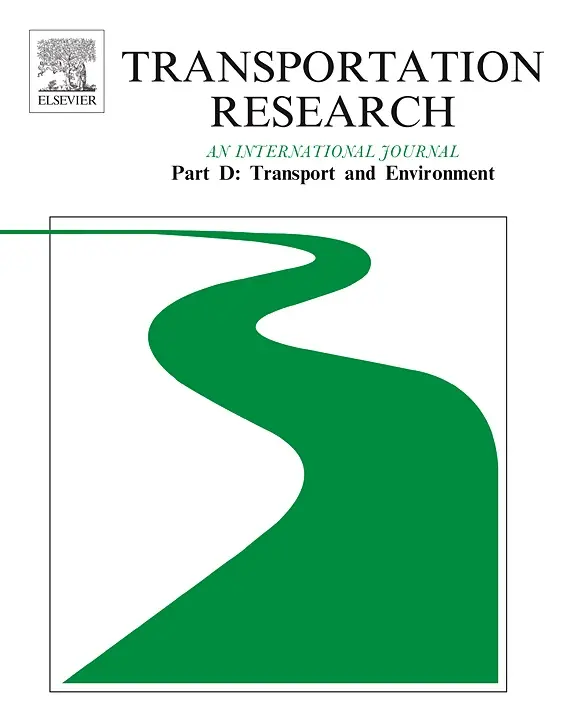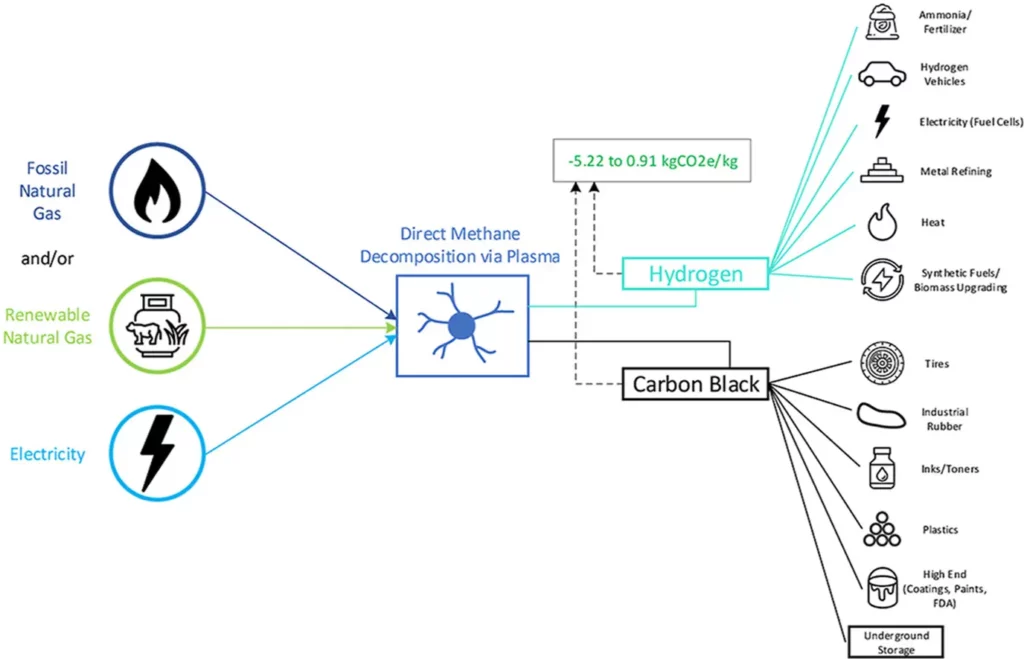External Knowledge Base
Hydrogen Production Via Methane Pyrolysis: An Overview Of ‘Turquoise’ Hydrogen
“This article discusses the thermodynamics, process configurations and technical challenges associated with turquoise hydrogen production. A companion piece to this article (Commercial Progress on Turquoise Hydrogen) covers the commercial development of turquoise H2, along with the progress of companies and research organizations that are pushing the technology ahead.”
This 9-page, comprehensive overview was published in Chemengonline.com on November 1, 2023. It was written by Carl Fromm, a process engineer and project manager with consulting firm Green Star BCS LLC.
Impact Of Climate Change On Pavement Structural Performance In The United States
“The Intergovernmental Panel on Climate Change (IPCC, 2014) indicates that climate change poses a major risk to human life, nature, and the built environment. One component of the built environment that may be particularly prone to these impacts is the physical network of roads, bridges, railroad, and hydraulic structures that ensure efficient, safe, and reliable movement of people, goods, and services, i.e., transportation infrastructure.”
The study concludes that “projected climate changes are highly likely to result in greater distresses and/or earlier failure” of pavement across all climate zones studied. It was written by Padmini P. Gudipudi, Shane Underwood, and Ali Zalghout of the School of Sustainable Engineering and the Built Environment at Arizona State University and the Department of Civil and Environmental Engineering at American University of Beirut, Lebanon. It was published in Transportation Research Part D: Transport and Environment, Volume 57, December 2017, Pages 172-184.
How Much Carbon Dioxide Would We Have To Remove From The Air To Counteract Climate Change?
“Emerging technologies like direct air capture, which pulls carbon dioxide (CO2) straight from the atmosphere, can remove some of the climate-warming greenhouse gases humanity puts into the air. They offer the tantalizing possibility that humans could halt climate change without major changes to our way of life: we simply pull all the greenhouse gases we put into the atmosphere back out.
“But this is a nearly impossible task, says Charles Harvey, an MIT professor of civil and environmental engineering who has studied both natural and technological ways to take CO2 out of the atmosphere. Removing CO2 is one of the hardest and most expensive ways we could address climate change—far more difficult than simply emitting less carbon in the first place.”
This article was written by Andrew Moseman, a member of the MIT Climate Portal Writing Team, and features Charles Harvey, an MIT professor of civil and environmental engineering. It was published in the Ask MIT section of the MIT Climate Portal on October 26, 2023.
Why Turquoise Hydrogen Will Be A Game Changer For The Energy Transition
“With hydrogen being promoted as a promising energy vector for a decarbonized world, low-carbon hydrogen production methods are of interest to replace the current Steam-Methane-Reforming production of “grey” hydrogen. While existing studies focus on the life-cycle-assessment of green hydrogen produced by water electrolysis, an alternative, which has attracted growing interest due to a much lower energy intensity (10–30 kWh/kgH2 < 50–60 kWh/kgH2), is turquoise hydrogen produced by the pyrolysis of methane.
“Specifically, this study conducts a life-cycle-assessment on hydrogen produced by the pyrolysis of methane via thermal-plasma. Results show that the carbon-intensity of hydrogen produced using this novel method is 88.3–90.8% lower than that of grey hydrogen.
“Furthermore, using renewable-natural-gas with a feedstock percentage as low as 8–18% leads to a negative hydrogen carbon-intensity (reaching −4.09 to −10.40 kgCO2e/kgH2 at 100% renewable natural gas), the lowest compared to grey, blue, and green hydrogen, making turquoise hydrogen a game-changer for the energy transition.”
The study concludes that “projected climate changes are highly likely to result in greater distresses and/or earlier failure” of pavement across all climate zones studied. It was written by Padmini P. Gudipudi, Shane Underwood, and Ali Zalghout of the School of Sustainable Engineering and the Built Environment at Arizona State University and the Department of Civil and Environmental Engineering at American University of Beirut, Lebanon. It was published in Transportation Research Part D: Transport and Environment, Volume 57, December 2017, Pages 172-184.




